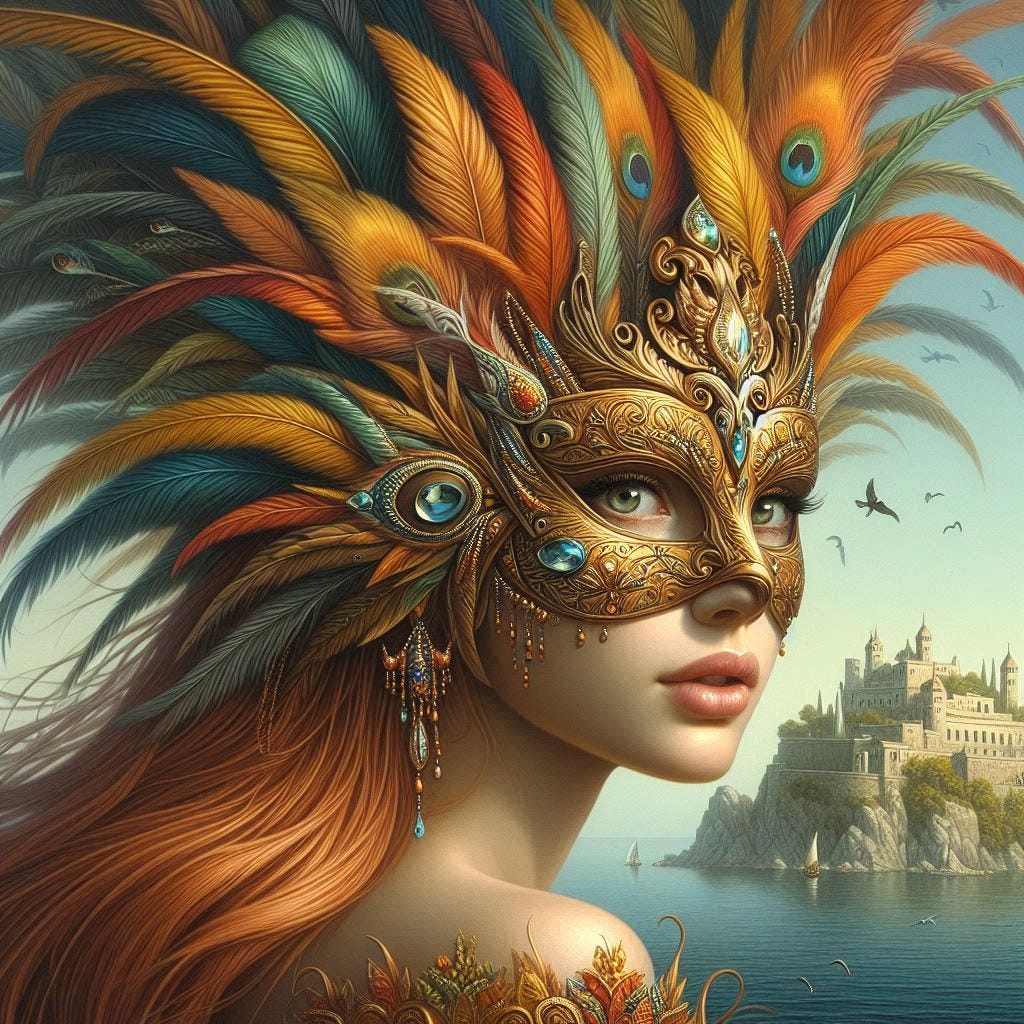Michael Whelan is, in my opinion, the greatest science fiction and fantasy artist the genre has ever known. While some would put Frank Frazetta first, and others might mention Keith Parkinson, Larry Elmore, or one of my longtime favorites, Rowena Morrill, for those of us who grew up reading paperbacks in the 1980s, Michael Whelan was the giant who was absolutely at the forefront of the field. He illustrated the novels for all of the biggest names in science fiction and fantasy, from Robert Heinlein and Isaac Asimov to Ann McCaffery and Piers Anthony.

When I signed my first book deal with Pocket Books, the first thing I did was to contact Mr. Whelan to find out if he was available to paint the cover. Unfortunately, he’d already stopped taking commissions, and so it was not possible to live out that dream of having a Michael Whelan painting for one of my book covers.
As it happens, Rowena was available, and the illustration she created turned out to be one of her more striking paintings that was featured in her 2002 book, The Art of Rowena. I was fortunate enough to later acquire the original from her. But even at the absolute height of her game, I’m skeptical that her biggest fans would have compared her work favorably with Michael Whelan’s.
Recently, Mr. Whelan was awarded a well-deserved Lifetime Fantasy Award.
Arguably few artists have made as massive of an impact on the field of fantasy as Michael Whelan. Driven by boundless imagination, his vibrant palette and realistic style have influenced the generations of illustrators who followed.
This week the World Fantasy Awards announced they would be honoring Michael for Lifetime Achievement, a humbling moment for the artist as news landed with resounding applause from fans everywhere.
That’s why moments of special recognition like this matter. They give an artist driven to excellence an opportunity to appreciate their journey, reflect on all the hard work put in over the years, and feel how much the art—and the person—means to the world.
So what does this have to do with AI? Well, no doubt it is infuriating, if not completely demoralizing, to the professional illustrator to know that with one simple prompt on Bing, someone who can’t draw a stick figure is able to produce an image that, at least superficially, is comparable to the very best that human artists can create.
A muscular young man sits on the saddle of a small white dragon on the rocky ledge of a mountainside. The sky is blue, and there are rocky mountains in the distance. High in the sky, a pair of green dragons soar overhead. High level of detail. Oil painting. Michael Whelan style.
Now an expert can certainly distinguish between AI illustration and human illustration with reference to a myriad of small details that escape the average individual. But that doesn’t change the fact that what used to cost at least five figures and was essentially unattainable even to the average professional published writer is now more or less available to the unwashed masses scribbling ebook fodder for the undiscriminating Kindle Unlimited audience.
Lament the advent of AI illustration and other creative aspects all you like. But keep in mind that a) nothing prevents humans from creating traditional arts and b) high-quality art is now accessible to a wide range of creators who never had access to it before.
So feel free to write a book on parchment with a quill pen and pay a painter $25,000 for a cover image if you wish. No one will stop you. As Neal Stephenson proved, people will continue to do just that. But the fact that better tools are now available and affordable to those who are not part of the tiny elite hand-selected by a small group of publishing industry professionals in New York City is just not a bad thing.






Algorithmic illustration is scary-high quality, but the biggest thing is the speed and quantity. Instead of paying an artist a massive sum for one painting, and waiting weeks, I can generate 5000 images overnight and pick the best 50-100 to illustrate my books. I kind of feel guilty about just deleting thousands of really good images that back in the day people would've paid huge sums of money for and publishing the books with only a few of them.
I went to a small exhibition of Caravaggio paintings. He didn’t make that many paintings, IIRC. Most of the paintings at the exhibit were of the artists of his day that were inspired by his work. Had he not discovered his new way of looking at the world, these other painters, masterful craftsmen themselves, would not have had anything to “work with.” He taught them how to see.